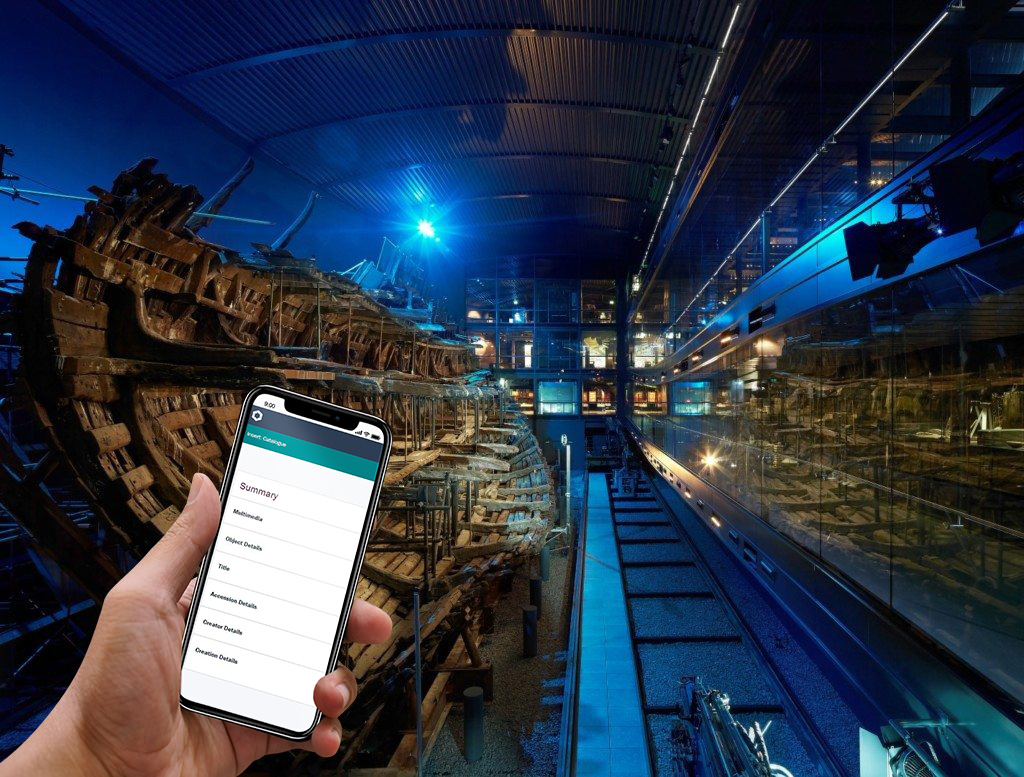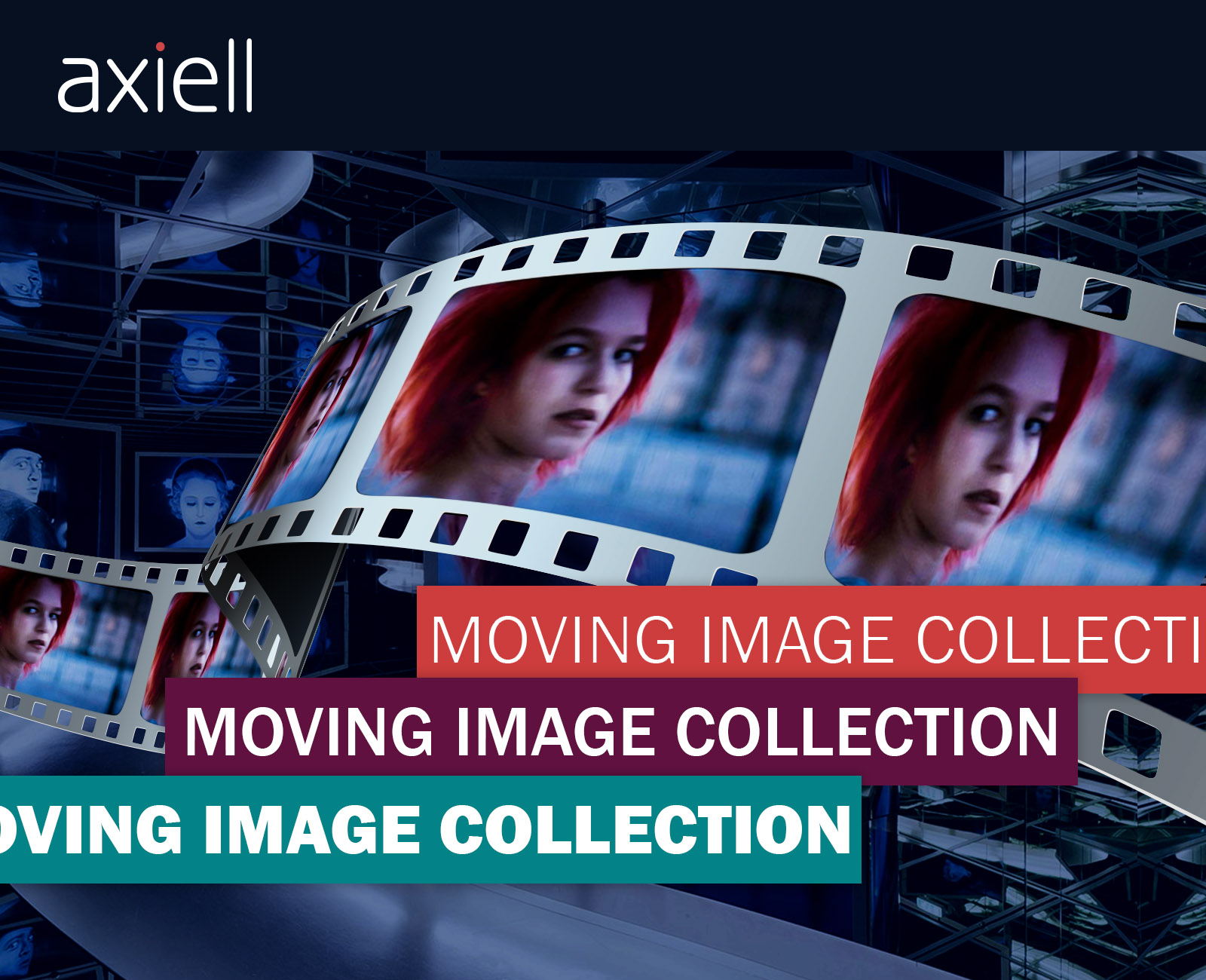Key Talking Points from Axiell’s Recent Report
Axiell spoke to collections experts at some of the UK’s leading cultural institutions to find out what is driving the need for more mobile solutions and what opportunities mobile technology presents to collections managers. Here we present a summary of some of the findings from the report. Featuring some scenarios that will be all too familiar.
Read the full report here
1. A more dynamic exhibition landscape is driving the need for mobile solutions
Museums have had to find new ways to generate income and there is more focus than ever on innovation through designing fresh exhibitions, collaborating with fellow organisations and delivering greater educational opportunities. While this means that museums are providing visitors with a richer and more dynamic experience, it can put pressure on them to work harder, with fewer resources.
According to John Peel, Collection Information Manager at Manchester Museums Partnership, “There has been more of a focus recently for museums to make their displays less static. We are finding that our permanent displays are less permanent than they used to be.
“Whereas previously we might have had objects on display for three years, now the interpretation behind a space might be permanent, a costume display, for instance, but the museum may change the works within that display so when people re-visit, there is more to see.”
2. Systems need to be simpler
Given that this growing demand is occurring in a climate of budget pressures, there is, of course, an increased reliance on volunteers. This means that more untrained staff are coming into contact with often rather complicated systems. Who remembers the fear they felt when they first came face to face with the endless fields of the collections management system?
This is highlighted by Rob Scott, Collections Systems Manager at the British Film Institute (BFI):
“An experienced cataloguer can jump between records easily to capture the information they need. With the increasing reliance on more inexperienced volunteers or short-term contractors, systems need to be simpler.”
3. Repeated data entry could be a thing of the past
Collections managers are some of the most detail-orientated beings on this planet yet, apparently, they’re still prone to human error. Who knew?
Repeated data entry increases the risk of error at each step, so the fewer steps involved in getting information into the CMS, the fewer mistakes. In principle, at least.
Mark Pajak, Head of Digital at Bristol Museums, suggests: “There is definitely a case for having a collections management system on a mobile device. At the moment, staff enter information in Excel from a laptop in stores and then transcribe the data from their spreadsheets into the collections management system. If they could enter the data straight into the system, there would be considerably less room for mistakes.”
4. Collections managers are probably getting their step count in
Not only does repeated data entry increase the risk of inaccuracies, it also means that tasks can take much longer than they need to, with staff often having to walk back and forth between their desks and where the item is stored, clocking up many miles along the way.
However, Manchester Museums have been using a mobile tool which allows staff to input information into the collections management system whilst on the go. This saves countless hours of staff time, as John Peel describes:
“We have moved one of our furniture collections five times in recent years. For the previous four years, we used pen and paper to note down the number of the item to be moved, and to record any details about the item from the person who is an expert in that area. We then returned to our desks to enter that data onto the system.
“We also had to return to stores multiple times to make sure that the correct piece of furniture is there and to record where, when and how it should be moved. Again, this was all done on paper and keyed into the system later on. Getting the furniture into the right locations and checking it onto the database could take between nine and twelve months.
“This year, however, with our mobile enabled system, we entered details of an object straight onto a mobile device, and if we needed to check anything during the move, we could look it up instantly on a smartphone. The whole process took more like a month.”
5. Smartphone cameras offer great opportunities for documenting object conservation
“Using a smartphone camera would be really useful too. You could take a photo and upload it to the collections management system. It would help our team when they are documenting a damaged object because they could upload a conservation image and annotate it there and then,” says Sarah Joomun, Digital Collections Manager, Oxford University Museum.
John Peel agrees. “The phones in our pockets are much better than the camera we bought five years ago for the team. We could take a picture and add it to the database, then go back to the desk and edit it.”
6. The CMS will become a tool for everybody
An easier to use, mobile enabled system will increase the number of employees who can use the system in their roles.
“We wouldn’t need to train staff on the complex system, they could just use it for what they need,” says Sarah Joomun.
“Our digital engagement team would like more access to our system to use images for blog posts and social media, for example. Learning the whole complex system isn’t a good use of their time, but if they could easily access a photograph or video from the system, that would help them in their role.
“For our non-collection staff who deal with enquiries from the public, it would mean that if someone asks if we have a certain item on display, they could quickly look it up on an iPad to see where it is.”




